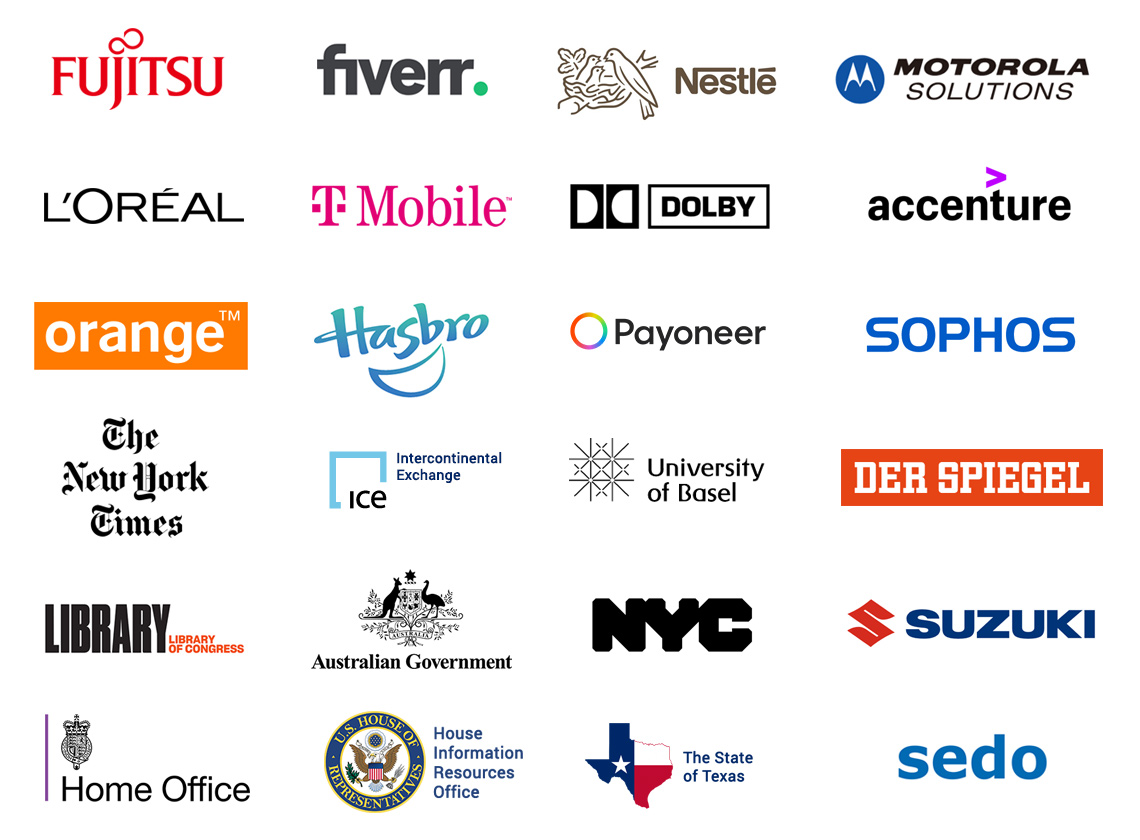TLDR: You can launch a link sandbox created by me and my team via browserling.com/browse. It runs remotely, keeping your system safe from any online dangers. It's super helpful for opening links when you're not sure if they're safe.
Link Sandbox – What Is It?
A link sandbox is a secure, isolated environment used for testing and analyzing the behavior of web links or downloadable files without risking the main system or network. It's commonly used in cybersecurity to evaluate potentially malicious or suspicious links and downloads, ensuring they do not contain malware or lead to phishing websites, thereby protecting the user from security threats.
How Does a Link Sandbox Work?
A link sandbox sets up a temporary container on a remote cloud server for the purpose of inspecting suspicious websites or downloads. It initiates a session with a clean browser that has an empty user profile, without cookies, history, or extensions. Once the inspection is complete, the entire container, including any malicious files or executables, are completely erased. This way, even if something harmful is found, it can't stick around or cause damage to the real computer or network.
Why Are Links Dangerous?
Links can be dangerous because they may serve as vectors for cybersecurity threats, such as phishing schemes, malware distribution, or redirecting users to malicious websites. By masquerading as legitimate links, they can exploit user trust to execute unauthorized actions, steal sensitive information, or compromise system integrity. These deceptive practices are key strategies for cybercriminals, making it really important to be careful with unknown links.
What Are Examples of Suspicious Links?
Misspelled Links
Links that mimic legitimate websites but with slight spelling errors, aiming to deceive users into visiting phishing sites. For example, "paypa1.com" instead of "paypal.com".
Shortened Links
Links that utilize shortening services to disguise malicious links, making it difficult for users to identify the destination before clicking. For example, "bitly.com/asdfg".
Unexpected Attachments
Links in emails or messages to download files that you weren't expecting, often masquerading as invoices or documents.
Links in Unsolicited Emails
Links received in emails from unknown senders or unexpected emails from known contacts, which can lead to malware or phishing sites.
Social Media Scams
Links in social media messages or posts that lead to fraudulent websites, often promising free gifts or exclusive content.
Fake Login Pages
Links directing users to counterfeit login pages designed to steal credentials by mimicking legitimate services.
Who Needs a Link Sandbox?
Link sandboxes are essential for cybersecurity professionals, IT administrators, and organizations aiming to protect their networks from malicious threats. They also serve individual users who wish to safely inspect unknown links. A link sandbox is very important for spotting and stopping possible dangers hidden in links or downloadable files before they can cause harm, keeping the local computers and information safe.
What Are Link Sandbox Use Cases?
Inspecting Shared Links
Users can use a link sandbox to safely inspect shared links, ensuring they do not lead to phishing sites or contain malicious content, without the risk of compromising personal information.
Checking Links in Direct Messages
To prevent falling victim to scams or malware spread through direct messaging on social platforms, users can scrutinize links received in messages using a link sandbox, ensuring personal and device security before engaging with the content.
Verifying Downloads
Before downloading software or documents from less-known sources, users can utilize a link sandbox to verify the file's integrity and ensure it's free of malware.
Phishing Email Detection
Cybersecurity experts use link sandboxes to analyze links embedded in suspicious emails, identifying and mitigating phishing attempts without exposing the network to potential threats.
Verifying Social Media Ads
Before clicking on ads that appear on social media platforms, users can use a link sandbox to verify the legitimacy of the ad's destination, safeguarding against deceptive ads that may lead to phishing or scam websites.
Safe Exploration of Unknown Profiles
When investigating unknown profiles that have sent friend requests or messages, a link sandbox can be used to safely explore any websites or links provided by these profiles, protecting against potential social engineering attacks.
Analyzing Trending Hashtags
Users can utilize link sandboxes to follow trending hashtags and examine the safety of websites linked to these trends, protecting against malware distribution efforts masked within popular social media movements.
What Is Browserling?
Browserling is a link sandbox service that provides secure, virtualized browsers to safely explore and test web content. It's used by web developers, cybersecurity experts, and regular users who need to check suspicious links without compromising their own device's security. By offering a platform where users can launch web browsers in isolated environments, Browserling enables the safe exploration of potentially harmful websites and verification of website functionality across different browser versions.
Who Uses Browserling?
Browserling has now become the link sandbox platform of choice for IT professionals and cybersecurity experts and it's used by hundreds of thousands of users around the world every month. Browserling's customers include governments, states, cities, banks, stock exchanges, universities, newspapers, Fortune 100, Fortune 500 companies, and private multi-billion dollar companies.

Browse safe!
